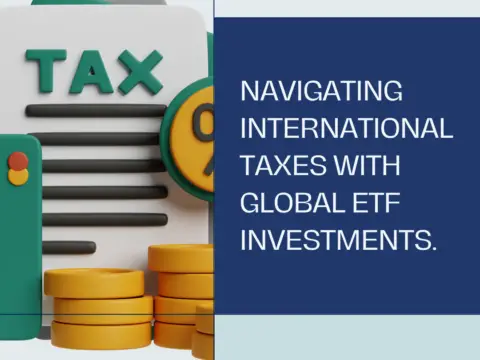Convergence of Virtual Reality (VR) and Augmented Reality (AR) in the Metaverse: Anticipating the Intersection
As technology advances, the question of when Virtual Reality (VR) and Augmented Reality (AR) will converge within the Metaverse becomes increasingly relevant. Here’s an exploration of the factors influencing this convergence:
Understanding VR and AR:
- VR immerses users in a completely digital environment, while AR overlays digital elements onto the real world. Both technologies have distinct applications but share the goal of enhancing user experiences.
Current State of VR and AR:
- As of now, VR and AR exist as separate entities with dedicated applications. VR finds utility in gaming, simulations, and virtual experiences, while AR enhances real-world scenarios through applications like navigation and interactive displays.
Technological Advancements:
- Continued advancements in hardware and software are driving the convergence of VR and AR. Improvements in processing power, graphics capabilities, and sensor technologies contribute to creating more seamless and integrated mixed reality experiences.
Market Demand and Consumer Expectations:
- Consumer demand for immersive and interactive experiences is a driving force behind the push for VR and AR convergence. The desire for a unified, versatile reality that blends digital and physical worlds fuels innovation in this space.
Industry Collaborations:
- Tech giants and innovative startups are increasingly collaborating to bridge the gap between VR and AR. Partnerships aim to create interoperable systems that allow users to seamlessly transition between fully immersive virtual environments and enhanced real-world experiences.
Applications in the Metaverse:
- The Metaverse, a collective virtual shared space, is a natural playground for the convergence of VR and AR. The integration of these technologies within the Metaverse holds the potential to offer users a spectrum of experiences, from entirely virtual interactions to enhanced real-world engagements.
Immersive Social Interactions:
- Convergence in the Metaverse could redefine social interactions. Users might engage in virtual meetings, events, or shared experiences using VR, while AR enhances their real-world surroundings with digital overlays, creating a more comprehensive and interconnected social space.
Challenges to Convergence:
- Despite the promise, challenges such as technical compatibility, standardization, and the need for widespread adoption pose hurdles to the seamless convergence of VR and AR within the Metaverse.
Emergence of Mixed Reality (MR):
- The convergence of VR and AR often leads to the concept of Mixed Reality (MR), where digital and physical realities coexist. MR represents a holistic approach to blending virtual and augmented experiences, potentially offering a unified solution within the Metaverse.
Industry Trends and Prototypes:
- Monitoring industry trends, prototypes, and proof-of-concept developments provides insights into the progress toward convergence. Innovations in headsets, haptic feedback, and spatial computing are indicative of steps taken to unite VR and AR.
Anticipating Future Developments:
- While predictions on the exact timeline of VR and AR convergence remain speculative, staying informed about technological breakthroughs, collaborative initiatives, and market shifts offers a glimpse into the anticipated future of a seamlessly integrated reality.
As VR and AR technologies evolve, their convergence within the Metaverse holds immense potential to reshape how individuals interact with digital and physical spaces. While challenges persist, ongoing advancements and a shared vision for immersive experiences suggest that the intersection of VR and AR is not a matter of if, but when.




